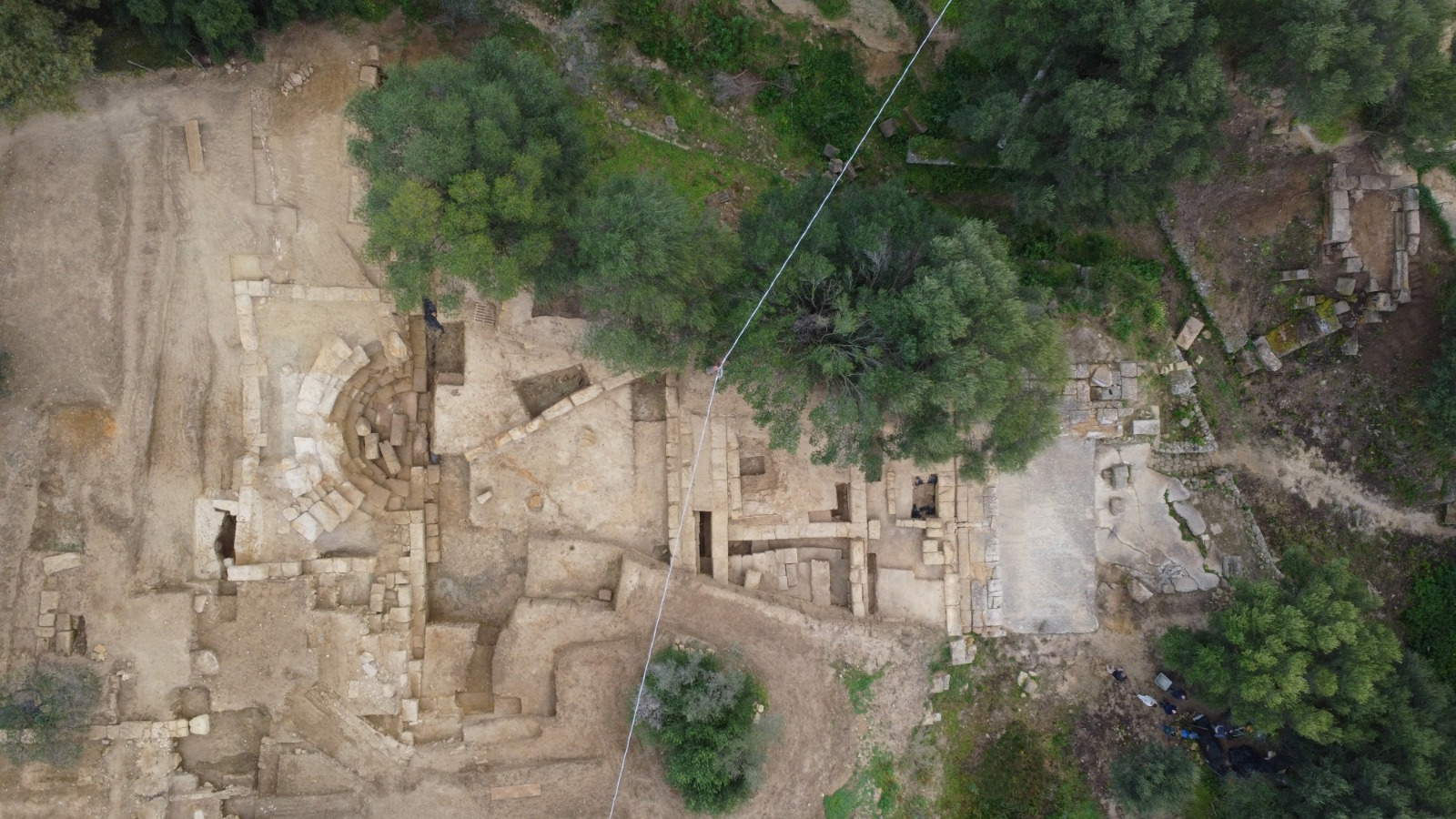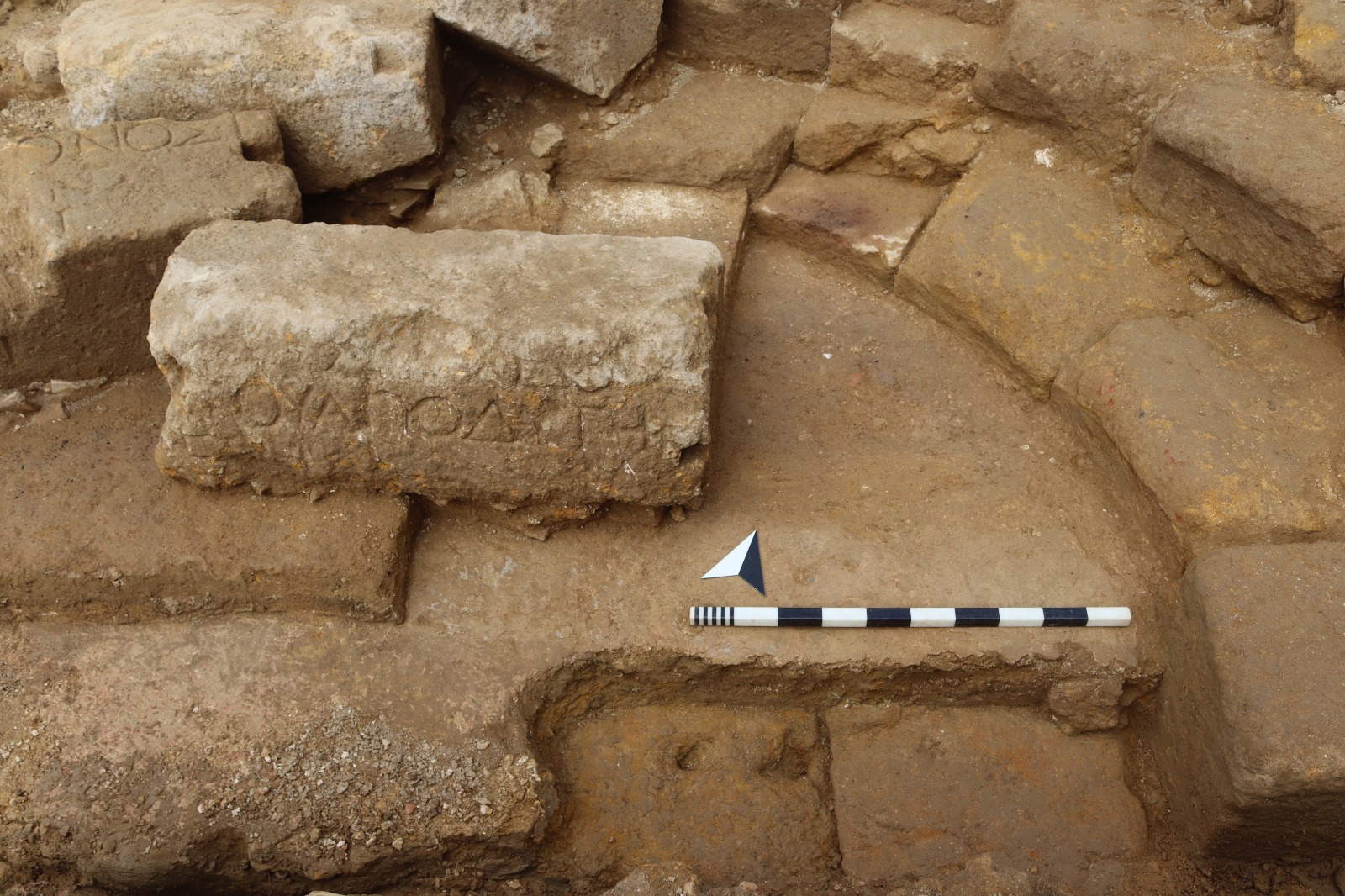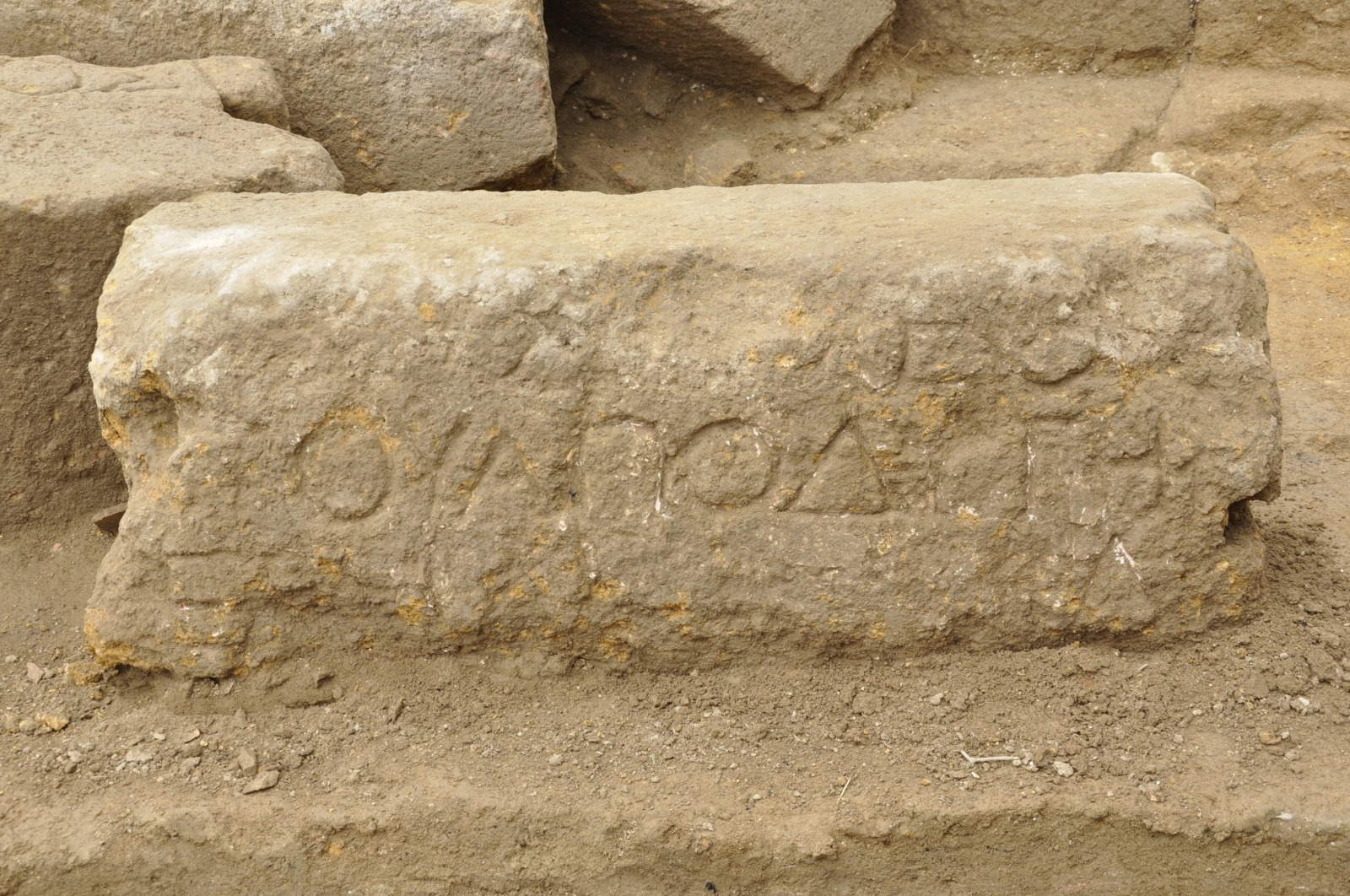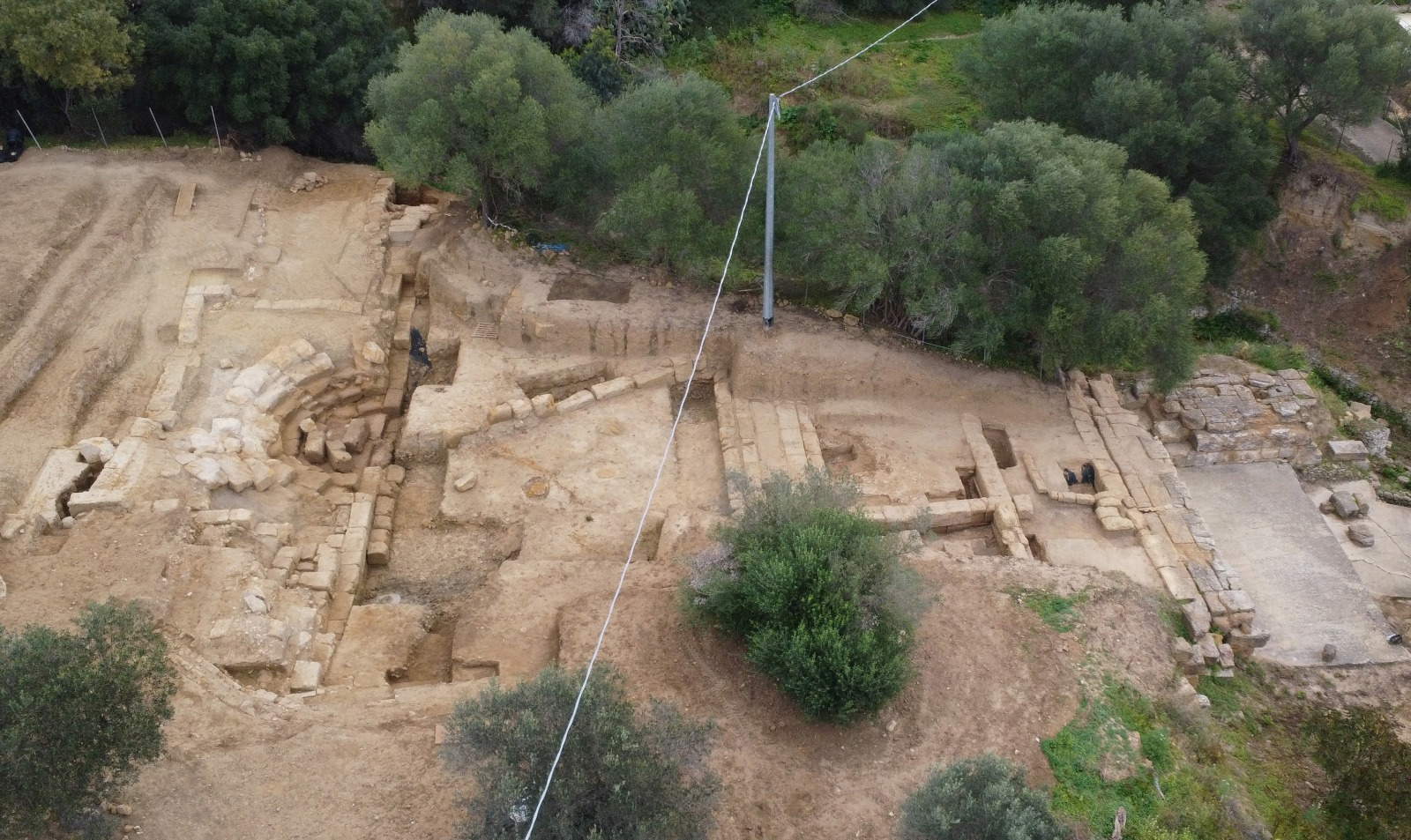Important archaeological discoveries in the Valley of the Temples offer new pieces for reconstructing the history of Agrigento, which holds the title of Italian Capital of Culture in 2025. During the latest excavation campaign, within thearea of the gymnasium, a structure of great importance emerged, which is presumed to have had the function of both auditorium and dressing room, as suggested by Greek inscriptions. These elements will allow further investigation into the history of the structure, which is the largest and most relevant in the Western Mediterranean, both in size and chronology.
“Archaeological research is a priority for the region, both with a view to the enhancement and protection of our cultural and monumental heritage,” said Councillor for Cultural Heritage and Sicilian Identity Francesco Paolo Scarpinato. “These new discoveries confirm what role the city had in antiquity and how much there is still to bring to light, so that it is a heritage shared with future generations.”
The area of the gymnasium had already been investigated during several campaigns between 1960 and 2005. Research resumed in 2020 thanks to a collaboration between the Freie Universität Berlin, the Technical University of Bari and the Valley of the Temples Archaeological and Landscape Park. The project is led by archaeologists Monika Trümper, Thomas Lappi and Antonello Fino, with local coordination by Maria Concetta Parello.


After an initial phase of geophysical investigations, three excavation campaigns took place between 2022 and 2024, which led to the identification of a monumental gymnasium, thanks in part to the discovery of five tiles marked with the vignette “ΓΥΜ” (short for “γυμνασίου,” gymnasium).
The most recent, fourth excavation campaign uncovered a rectangular room with radially arranged seating, connected to a large hall, the largest in the gymnasium (23 x 11 meters), equipped with perimeter benches and an earthen floor. It is believed to be theapodyterion-the ancient locker room-that also served as an auditorium for intellectual training, an interpretation corroborated by two marble blocks with Greek inscriptions reading “(Τ)ΟΥ ΑΠΟΔΥΤΗ(ΡΙΟΥ)” (from theapodyterion), traced in red letters on white plaster.
The blocks, found in the semicircular part of the auditorium, also bear a reference to a gymnasiarch-a prominent figure in the management of the gymnasium-who is said to have financed, with personal resources, the renovation of the structure’s roof and dedicated the work to Hermes and Heracles, the patron deities of gymnasiums in Greek culture. The area where they were found was formerly intended for educational and public performances, suggesting an integrated use between physical and cultural training.
The architectural complex, which can be dated to the second century B.C.E. and was renovated during the Augustan age (between 31 B.C.E. and 14 A.D.), anticipates similar structures such as the one at Pergamum in Asia Minor by about two centuries. This makes the Agrigento example one of the most advanced models of educational architecture in the Greco-Roman world.
“These discoveries,” said Valley of the Temples Archaeological and Landscape Park director Roberto Sciarratta, “are making a significant contribution to redefining our knowledge of the Agrigento gymnasium, highlighting its breadth and complexity and raising new hypotheses about the role this place played in the cultural and social life of the ancient city. Research will continue to further investigate the structure and functions of the complex.”


 |
| New discoveries in the Valley of the Temples: large structure that served as an auditorium and dressing room emerged |
Warning: the translation into English of the original Italian article was created using automatic tools. We undertake to review all articles, but we do not guarantee the total absence of inaccuracies in the translation due to the program. You can find the original by clicking on the ITA button. If you find any mistake,please contact us.